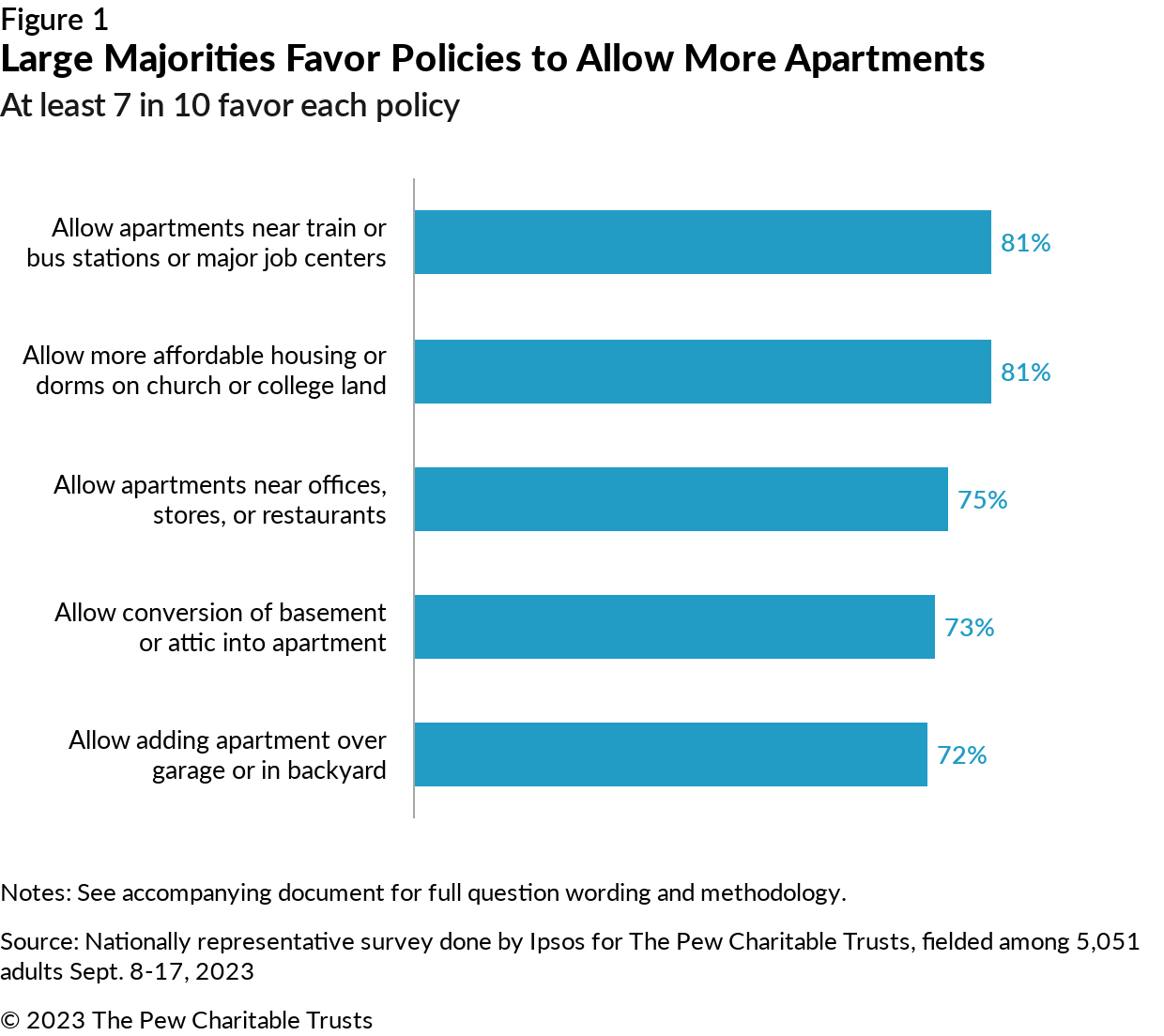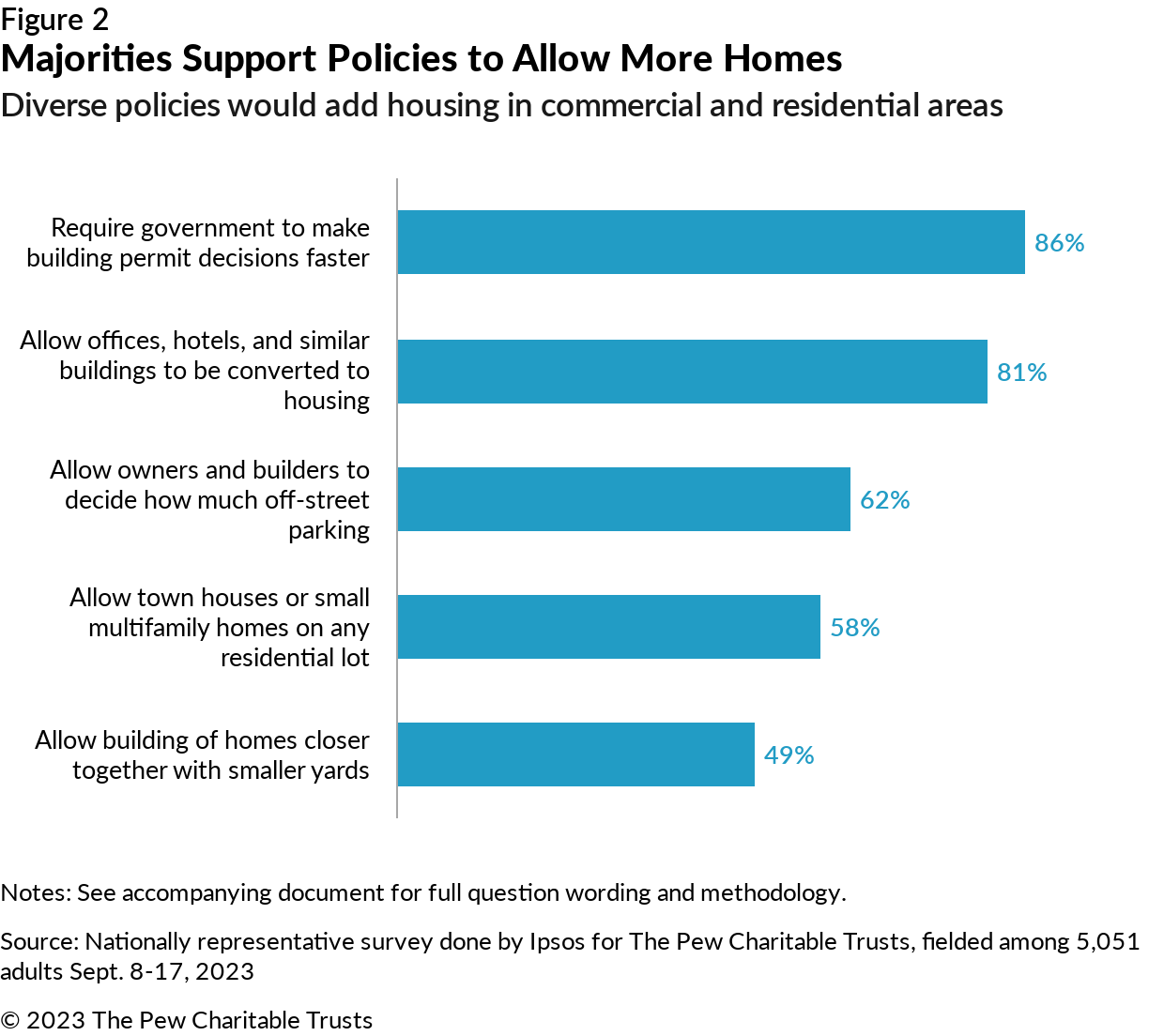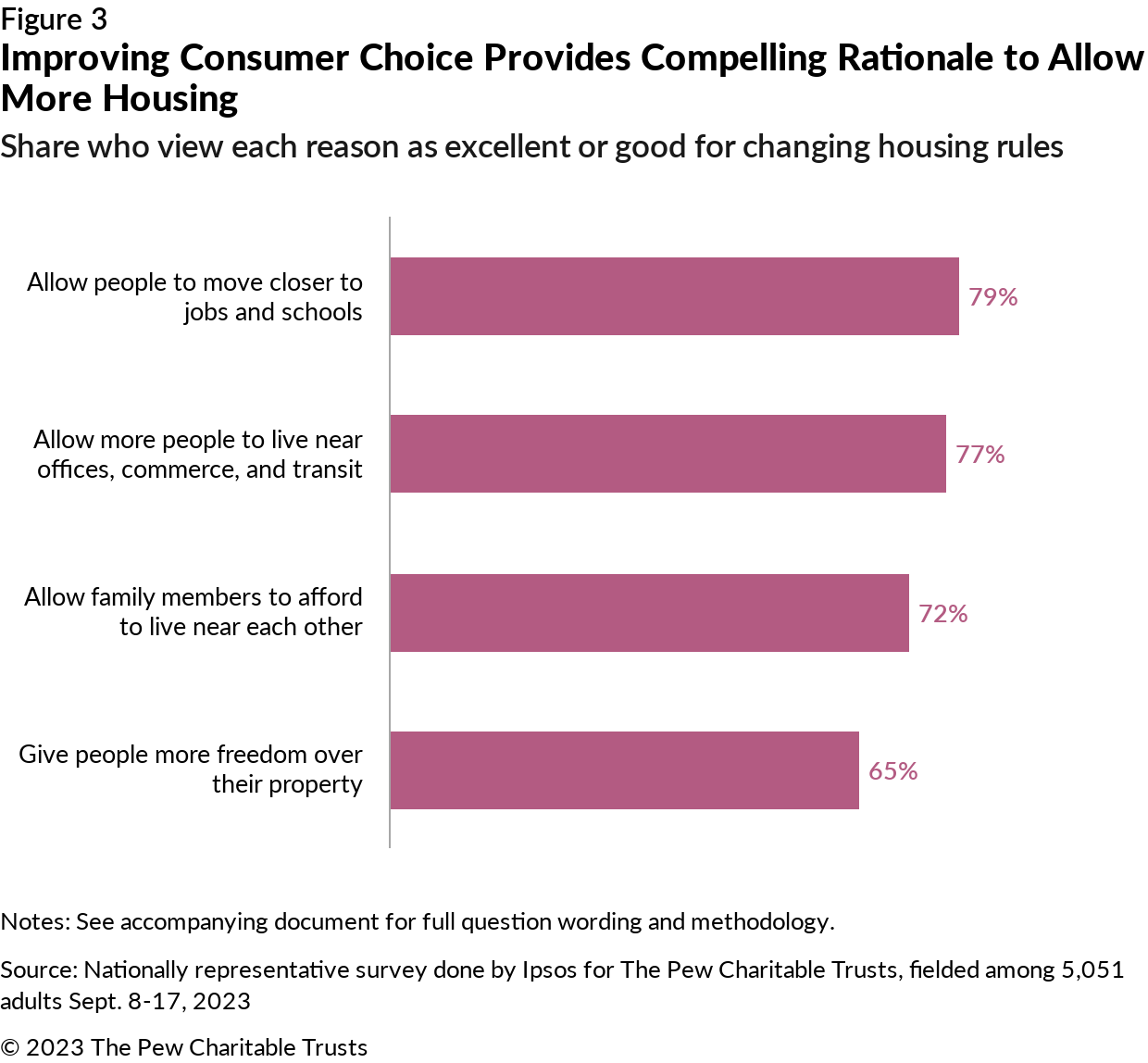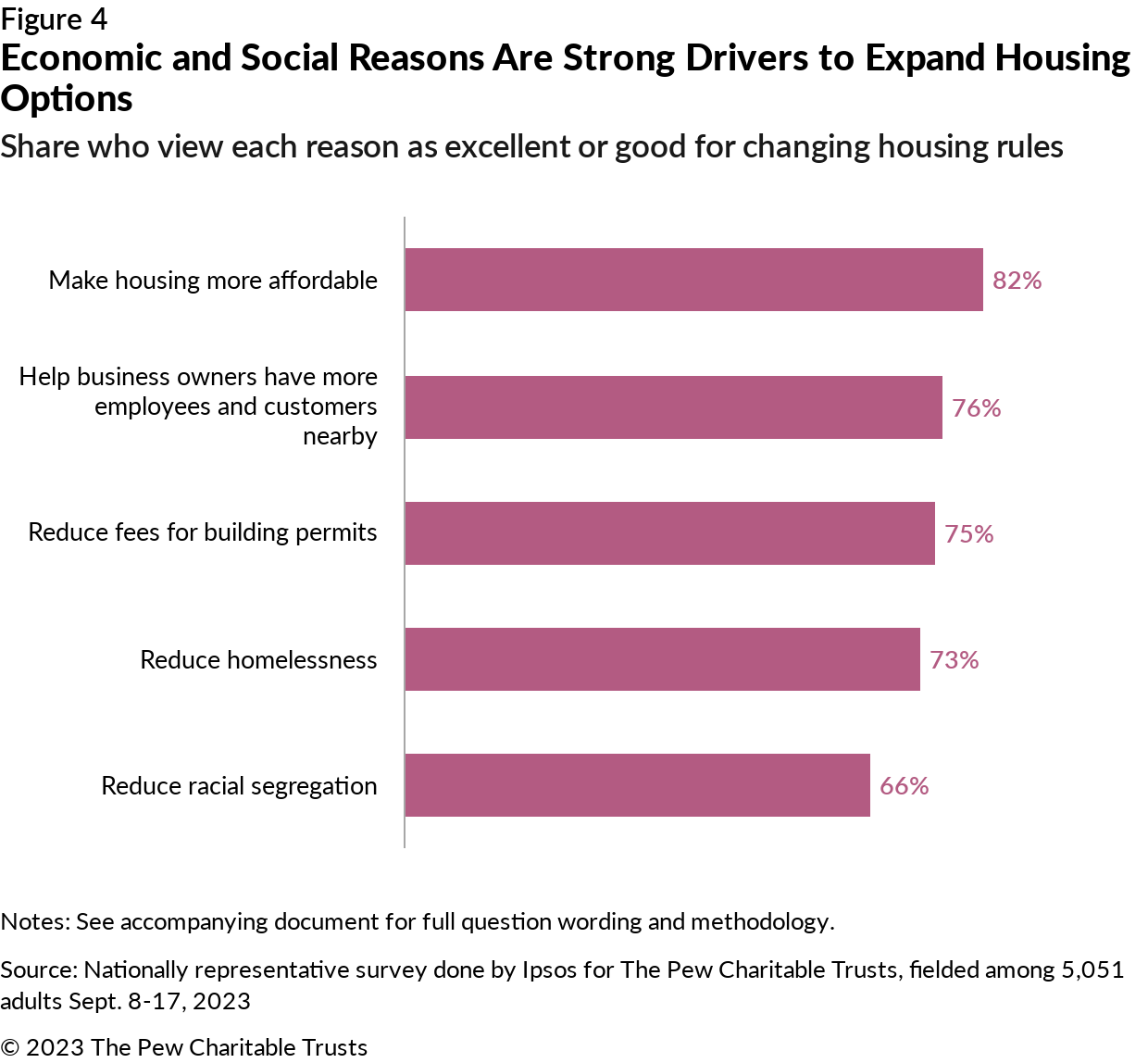Survey Finds Large Majorities Favor Policies to Enable More Housing
Simplifying permitting, allowing more apartments are especially popular
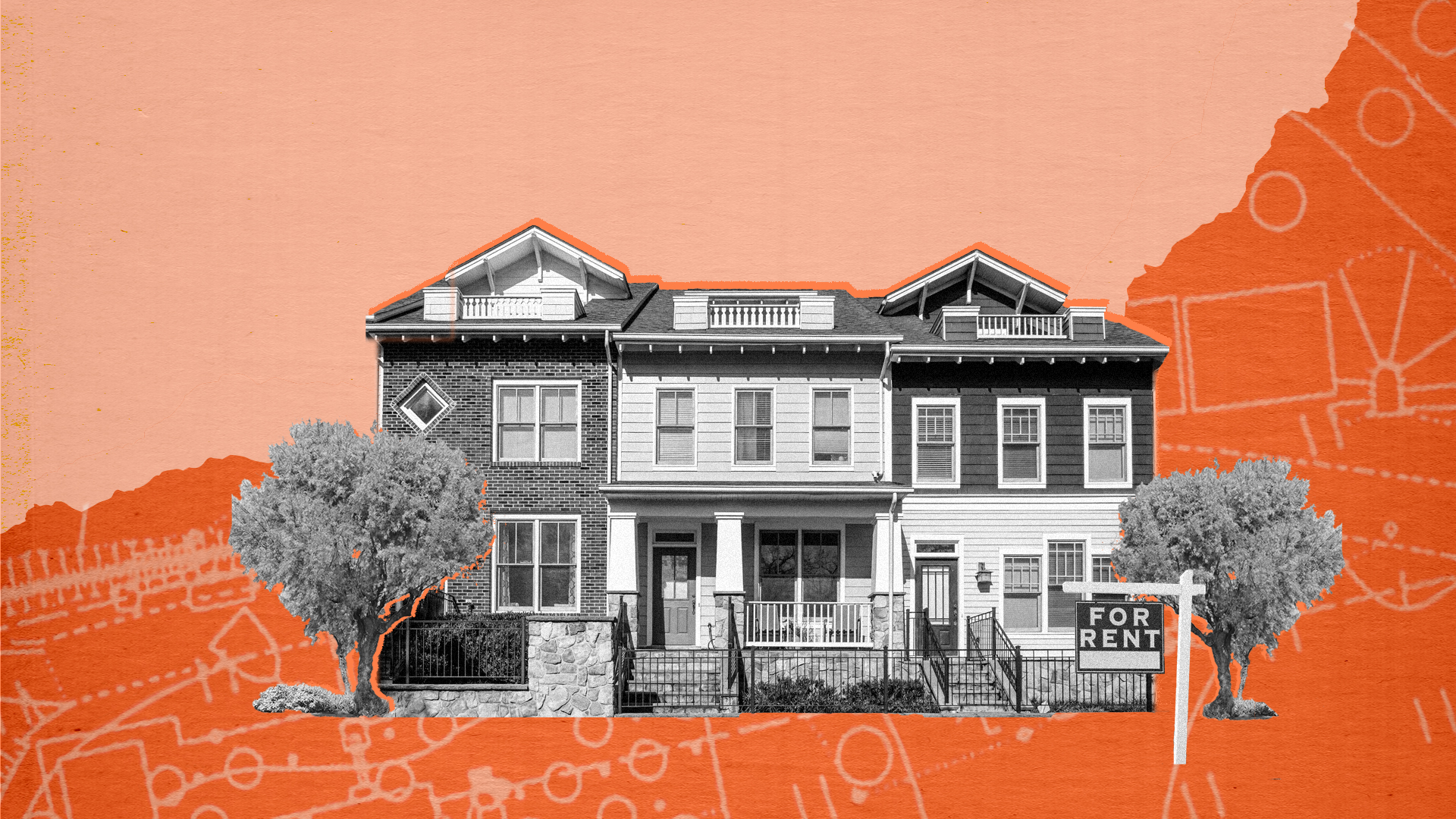
Most Americans support a roster of zoning policies intended to boost housing availability and affordability, according to a nationally representative survey conducted in September for The Pew Charitable Trusts.
The findings from one of the largest surveys done on these issues shows significant but varying support for 10 policy initiatives to encourage more housing. At the high end, nearly 9 in 10 (86%) say they would back efforts to expedite permitting processes, while at the lower end, about half (49%) support the concept of allowing smaller lots, and homes to be built closer together.
The results reflect Americans’ broad concern about housing costs. Rents have reached all-time highs in the U.S., with half of renters spending 30% or more of their income on rent and one- quarter spending more than 50%. Policymakers, community organizations, employers, and other stakeholders are considering solutions to boost the availability and affordability of housing as the country copes with a shortage of an estimated 4 million to 7 million homes.
Increasingly, states and localities are considering measures to make it easier to build housing, especially less expensive homes such as apartments. In addition to broad support for various policies, the survey—fielded from Sept. 8 to 17, 2023, among a sample of 5,051 adults—also found majority positive views on the reasons to change rules to allow more housing.
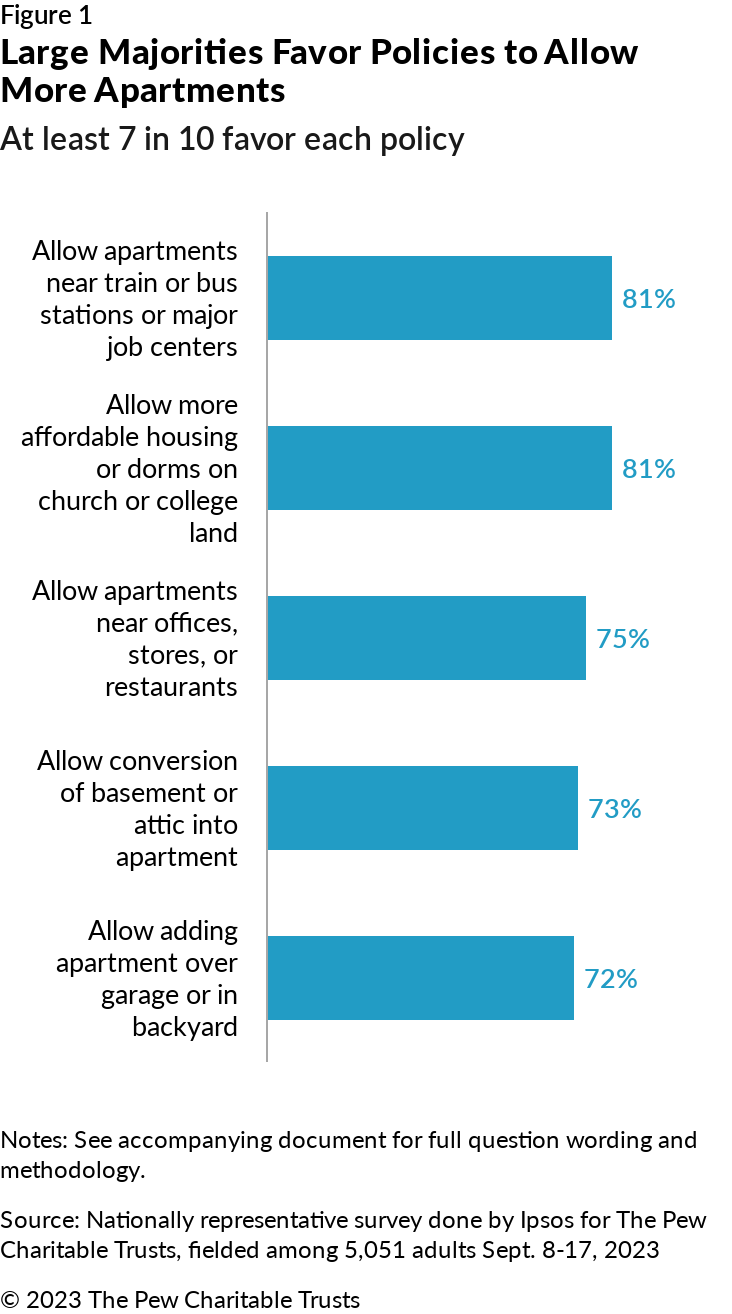
Support for most of the housing policies transcended the usual fault lines of political party, region, race, income, and gender. The eight most popular proposals received clear majority support from Republicans, Democrats, and independents. In addition, 9 of the 10 tested measures received majority support from both renters and homeowners. All of these policies have either already been shown to work in improving housing affordability in American cities and towns or have recently been enacted by state or city policymakers hoping to do so.
Some approaches that stood out as especially popular—earning support from more than 70% of respondents—are similar to state laws that have passed in recent years (although the survey questions themselves were not modeled on any particular laws). For example, in 2023, California, Montana, Texas, and Washington took steps to simplify permitting for new housing. In recent years, California, Massachusetts, Montana, and Utah have passed laws to enable more housing near commerce or transit. And Maine, Montana, Oregon, Utah, and Vermont, among others, have enacted legislation to allow houses to have an accessory apartment or dwelling unit, as have many cities.
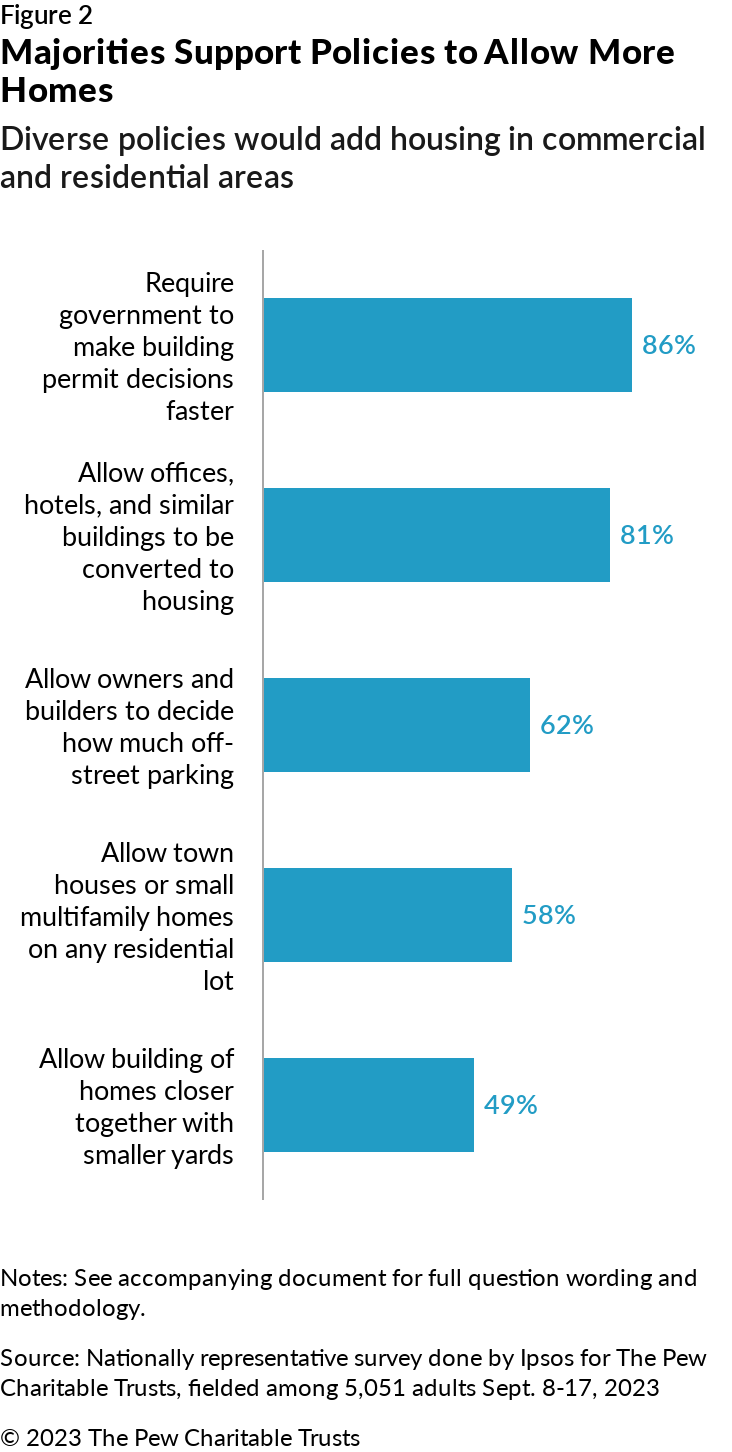
The most popular policies in the survey would primarily add housing in commercial areas, making incremental or no changes to residential blocks consisting of single-family detached houses. The concepts that received the highest levels of support (topping 70%) would simplify permitting; allow apartments near jobs, commerce, or transit; allow accessory dwelling units; and ease rules for the construction of dorms or affordable housing on land owned by nonprofits such as colleges or churches. (See Figures 1 and 2.)
A second tier of policies that received support from half or more of respondents would lift some restrictions on what housing would be allowed on single-family residential lots by reducing minimum lot sizes or allowing multifamily housing on previously single-family lots. Research on the experiences of cities that have enacted such policies has shown that they can produce large benefits by making housing more affordable and accessible for both renters and homebuyers. The policies proved popular but did not receive the same overwhelmingly positive responses as did policies that would allow for more housing without opening the door to substantial changes on single-family blocks.
Respondents also broadly supported the reasons behind efforts to create more housing, with 65% to 82% seeing each reason as excellent or good. (See Figures 3 and 4.) However, in some cases, Republicans and Democrats prioritized different reasons. For example, somewhat more Republicans (68%) than Democrats (62%) identified freedom for property owners as an excellent or good reason, while more Democrats (81%) than Republicans (49%) chose reducing racial segregation as an excellent or good reason. But large majorities of Democrats, Republicans, and independents see improving housing affordability and allowing more people to live near their preferred jobs and schools as excellent or good reasons to change housing rules to allow more homes to be built in cities and suburbs. Successful state-level efforts to allow more housing have consistently received bipartisan support, and the survey results indicate that people with different political views can come together to support policies to end the housing shortage and affordability crisis for different reasons.
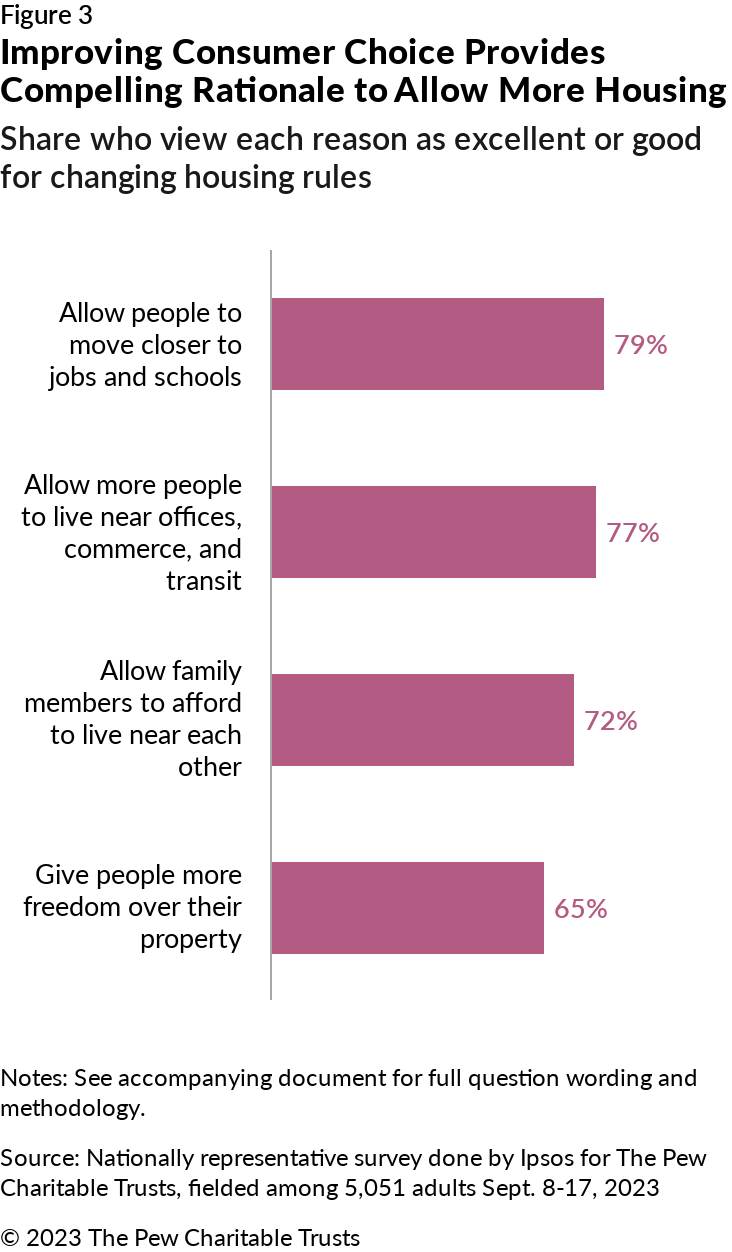
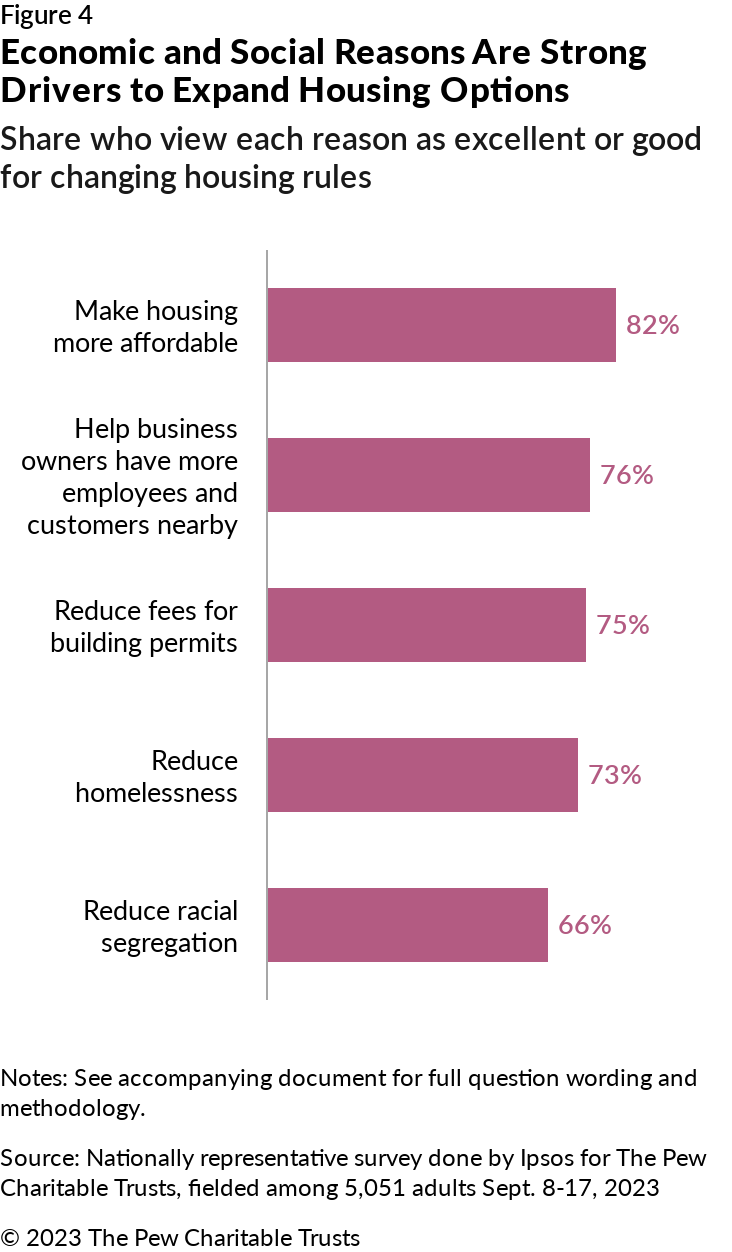
The survey results show that most of the tested policies are popular, which matches prior survey findings. Opposition to some of these ideas has surfaced at public meetings in some areas, particularly when they affect residential neighborhoods with single-family homes. However, research has found that on the issue of housing, those who attend and speak at public meetings tend to have much less positive views of allowing more housing than do their communities overall. The survey data highlights that large bipartisan majorities of the public favor reforms to improve the availability and affordability of housing.
Alex Horowitz is a project director and Tushar Kansal is a senior officer with The Pew Charitable Trusts’ housing policy initiative.
